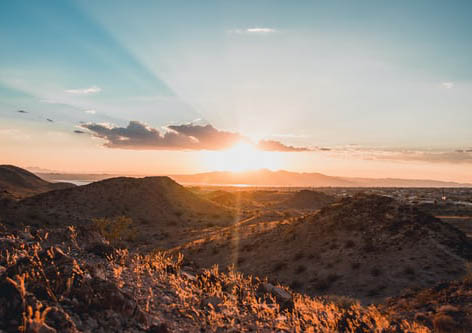How to Use Camera – Basic Guide for Beginners


Whether you’re a beginner or an advanced photographer, knowing how to use camera will help you take better photos.
First, you should learn how to read your camera’s settings and understand what each of them means.
Understanding your camera’s settings is important because they will change how your images look. Luckily, there are many things you can do to adjust these settings to make your photos look more professional.
Focus
Focus is a very important part of photography, and if you don’t know how to focus your camera, it can make an image blurry and less appealing. Thankfully, there are many different ways to focus your camera.
You can either focus manually or autofocus; both are very useful for beginners. Manual focus requires turning a ring on your lens to achieve focus, while autofocus uses a motor in the camera or lens to change focus.
The first step is to choose the right focus mode for your photos. Several options are available, and each one is best suited to certain subjects.
For example, if your subject isn’t moving much, you should use Autofocus Single Shot/Servo (AF-S) or Continuous Focus Mode (AF-C). This mode allows the camera to adjust the focus as it detects what is most important in your picture.
Exposure
Exposure is the key to creating beautiful pictures, whether you’re taking portraits, landscapes, or street photos. Luckily, most cameras have a way to help you get the correct exposure every time.
The most common settings that control exposure are shutter speed, aperture, and ISO. These three settings mechanically and artificially boost the light that reaches the camera sensor or film.
Another setting that affects the brightness of a photo is the depth of field, which allows you to make a subject sharp and blurry in other areas of the picture. This is especially useful when drawing attention to a particular scene part.
Fortunately, most modern cameras have a dedicated button that you can use to change this setting. You can find it by locating the icon with a plus and minus symbol (+/-) on your camera’s dial or screen.
Shutter speed
Your camera’s shutter is a small flap in front of the sensor that opens and closes during the exposure time. It opens and closes in fractions of seconds or full seconds, depending on the speed you’ve set.
A quick shutter speed freezes movement, allowing you to take sharp photos of an object in motion, like a car or a person running. A slow shutter speed, on the other hand, can create motion blur by exposing a moving subject to more light.
You can find the shutter speed on your camera’s main dial. Move the dial to the right for faster speeds and the left for slower ones.
Shutter speed is one of the three elements of the exposure triangle – alongside ISO and aperture – so knowing how to use it properly is essential. Learning how to do so is best done through practical exercises that let you vary the setting in manual mode.
ISO
ISO is one of the most important settings to learn about to get the best results from your camera. Understanding this setting and how it affects your images will help you become a better photographer, regardless of what kind of photography you are doing.
The ISO value on your camera tells you how sensitive your sensor is to light. This is important because it affects the other exposure parameters (f/stop and shutter speed) you use in combination.
Increasing the ISO to a higher value will allow you to set a faster shutter speed, which is useful for freezing motion or shooting in low-light situations. However, this can also result in grain or noise appearing in your photos.
This is why it’s important to understand your camera’s base ISO and practice using it before you increase the ISO setting in more challenging conditions. You can also check your camera’s user manual for more details on adjusting your specific camera’s ISO value.
